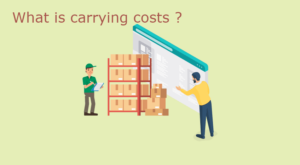Salvage value (SV) is the most common example of terminal cash flows. Salvage value may be defined as the sale value (market price) of an investment at the time of its sale.
The cash proceeds net of taxes from the sale of the assets will be treated as cash inflow in the terminal (last) year. As per the existing tax laws in India, no immediate tax liability will arise on the sale of an asset because the value of asset sold is adjusted in the depreciable base of block of assets.
Further, in case of replacement decision , in addition to salvage of the new investment at the end of its life. two other SV have to be considered: a) the salvage values of an existing asset now ( at the time of replacement decision) and b) SV of the existing assets at the end of its life, if it were not replaced.
If the existing asset is replaced , its SV now will increase the current cash inflow, or will decrease the initial cash outlay of new asset.
However , the firm will have to forgo its end of life salvage value . This means reduced cash inflow in the last year of the new investment.
The effect of the salvage values of existing and new assets may be summarized as follows:
Salvage value of the new assets :
It will increase cash inflow in the terminal (last) period of the new investment.
Salvage value of the existing asset now:
It will reduce the initial cash outlay of the new asset.
Salvage value of the existing asset at the end of its normal life:
It will reduce the cash inflow of the new investment of the period in which the existing asset is sold.
Sometimes removal costs may have to be incurred to replace an existing asset. SV should be computed after adjusting these costs.



